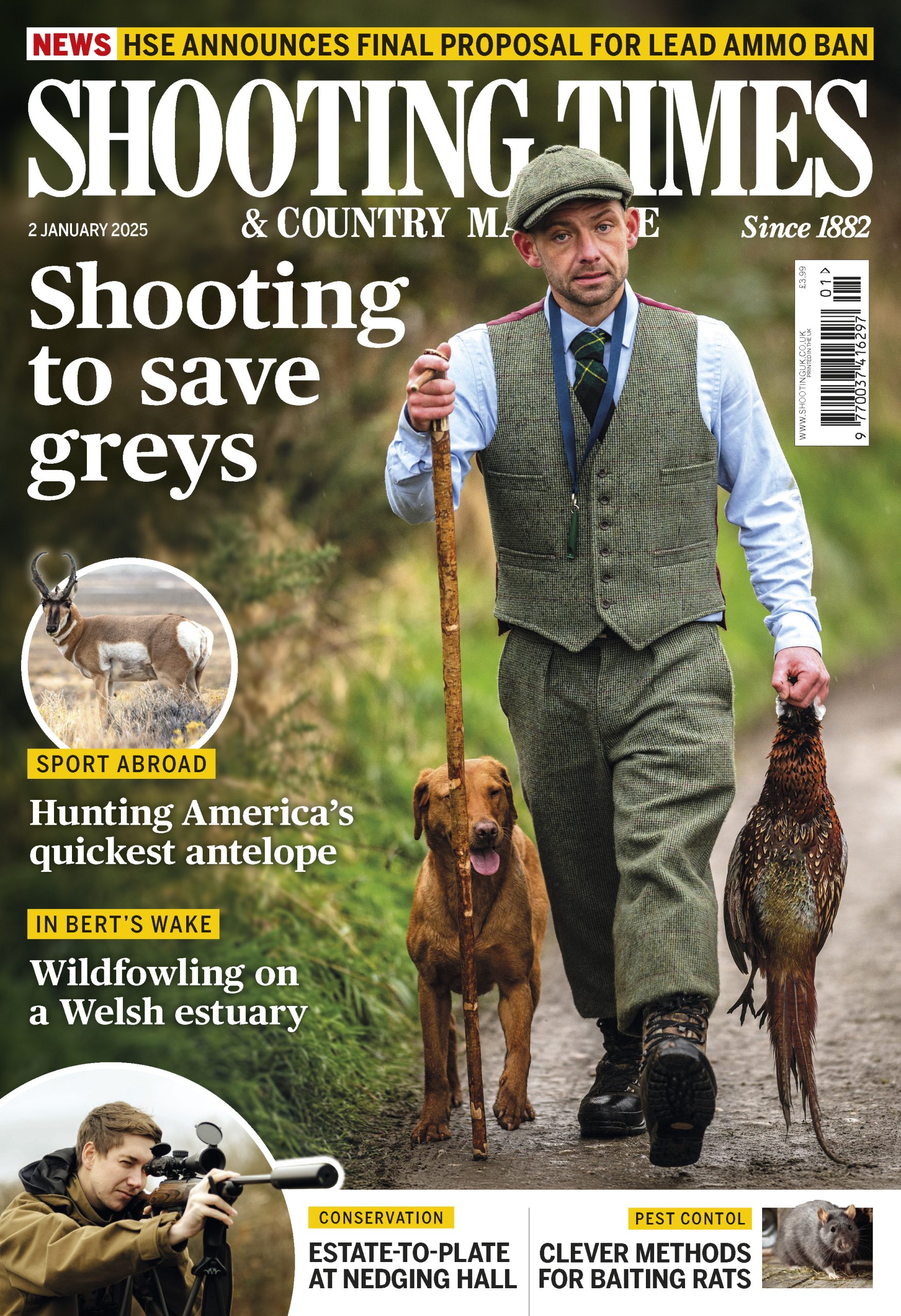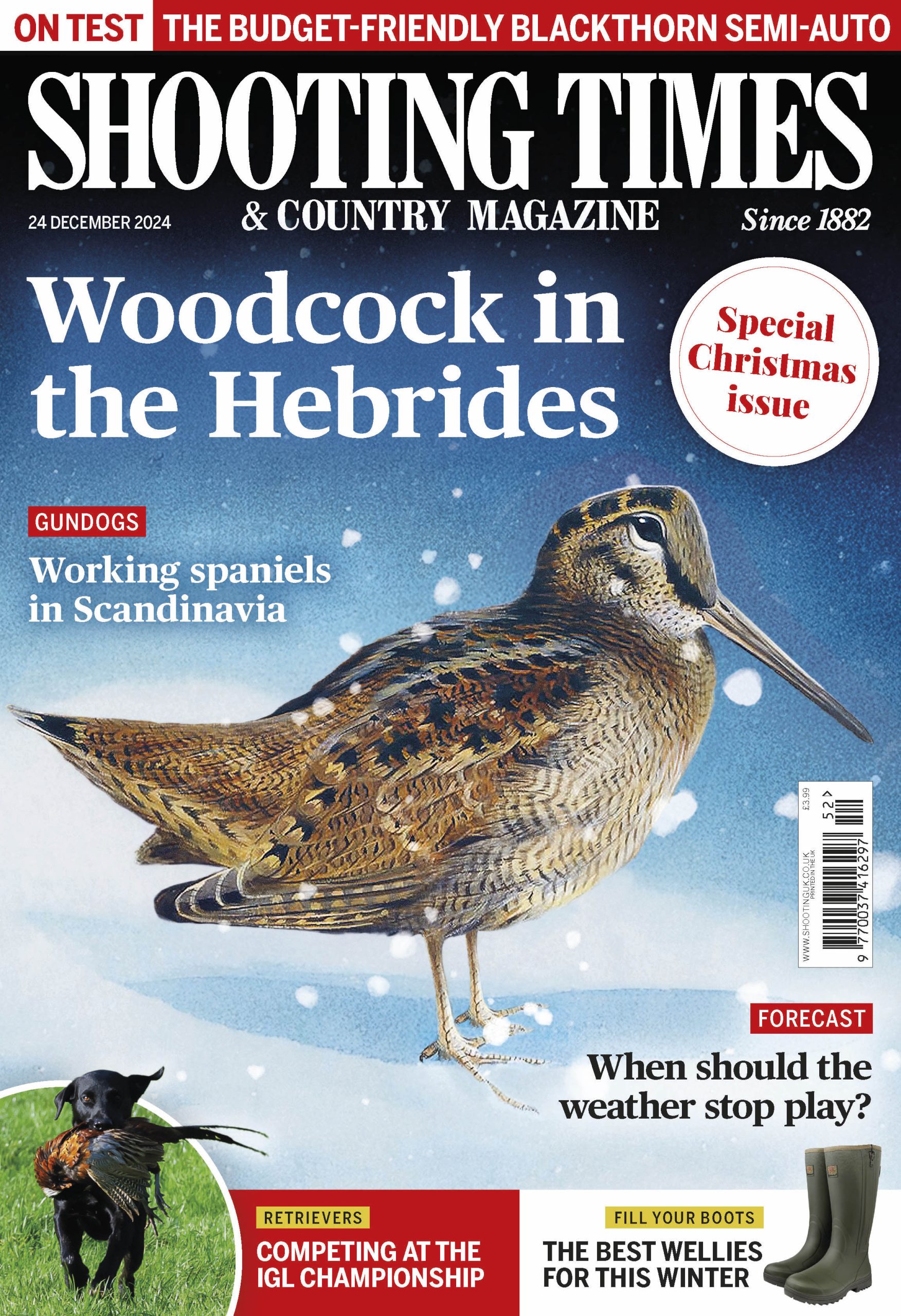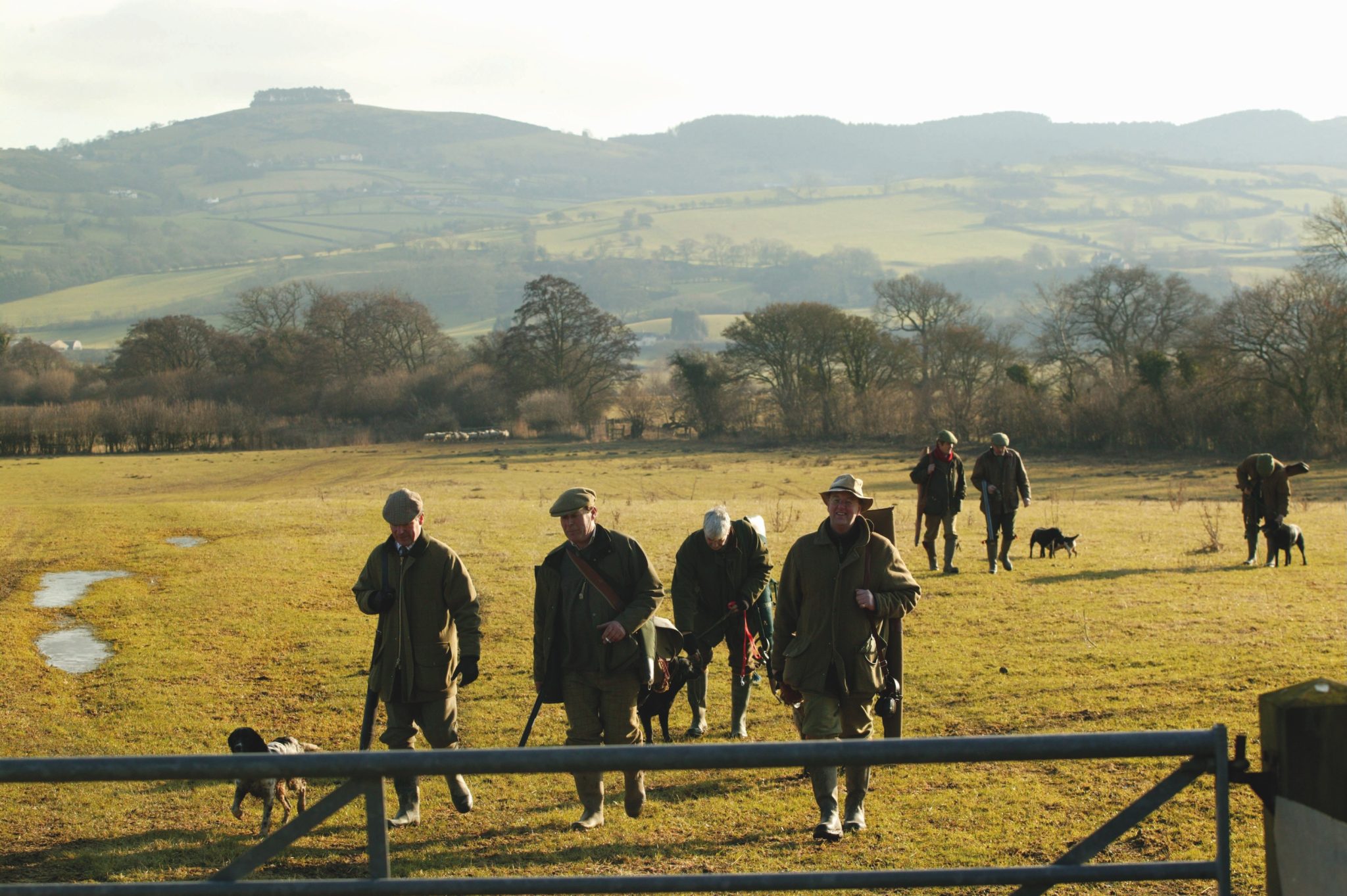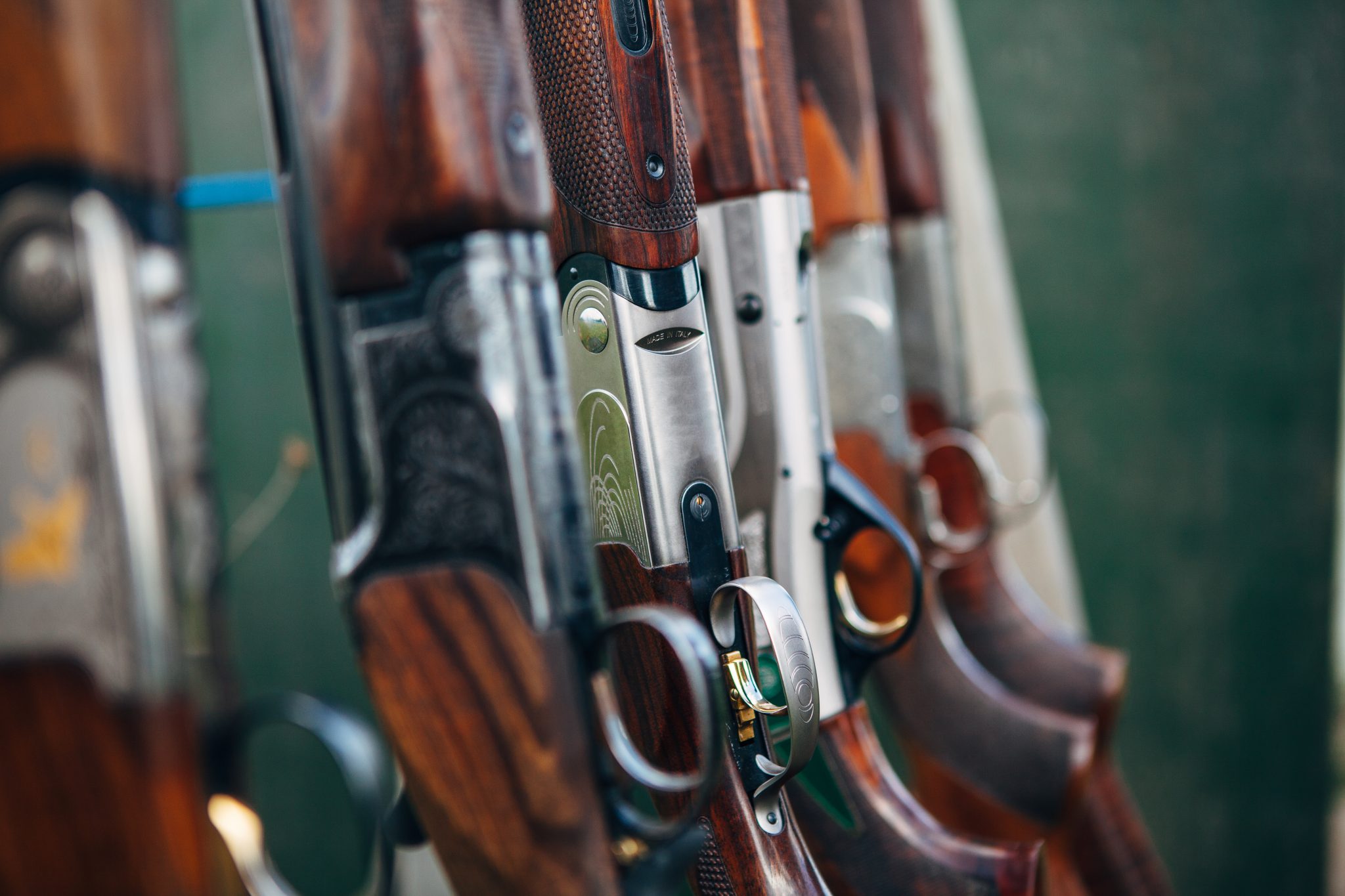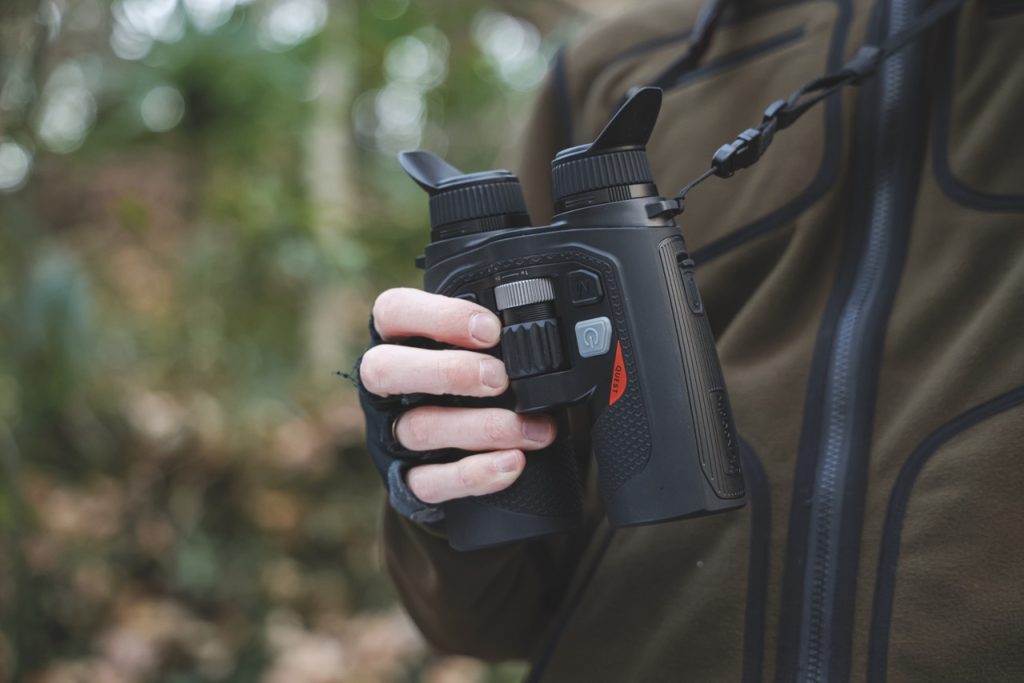Win CENS ProFlex DX5 earplugs worth £1,149 – enter here
Essential kit and etiquette for new beaters
A day on the beating line mixes energetic bursts with cold pauses, so your clothing matters. This guide explains the kit you need, the etiquette expected and how to enjoy your day from the very first drive.

A day on a beating line means bursts of activity mixed with long, chilly pauses. You need the right kit to stay warm and comfortable.
There’s something wonderfully inclusive about a day’s beating. Young or old, seasoned countryman or newcomer, if you can walk at a steady pace and follow instructions, you’ll find your place in the line. It remains one of the most accessible ways into fieldsports and offers a true insight into how a shoot works. Gamekeepers across the UK still need reliable beaters, so arriving on time with a smile helps the day run smoothly.
I’ve spent more seasons on the line than I can count. It’s one of the best ways to understand shooting from the ground up. You’ll work with people who know the land inside out and go home with mud on your boots and the satisfaction of a proper day’s work. There is usually a good lunch too, which never hurts.
Properly equipped
Beating does not require a Gun’s wardrobe, but turning up with the right kit makes the difference between an enjoyable day and a slog.
Your job is simple: walk in line, make noise when asked and push gamebirds gently towards the Guns. The keeper or underkeeper will lead the line, placing newcomers between steady regulars.
You’ll drive everything from dense woodland to root crops, sometimes in weather that would make a postman weep. Terrain changes from drive to drive. One moment you’re battling brambles, the next you’re striding over open stubble. Your kit must handle whatever the day brings.
Most shoots run six or seven drives split between morning and afternoon. Comfort and misery part company here. Beating means constant movement, so your clothing must shed water and let you move freely.

Boots: the foundation of a good day
Your boots will make or break your day. You’ll cover real mileage through soggy woods and sticky plough, often in the same drive.
See more in our best boots for shooting guide.
A solid pair from Devon-based Footwear Country is a good start:
“I’ve seen too many first-timers hobbling by the third drive,” says Steve Flowers. “Look for ankle support, grip and waterproofing. Boots like the Irish Setter Elk Trackers offer support, waterproofing and comfort. Make sure they fit with thick socks. Blisters end days fast.”
Trousers and gaiters
The countryside will bite back. Nettles, thorns and brambles won’t hold back.
“A good pair of gaiters keeps the worst of it at bay,” says Clare Farquhar of R&B Sporting, which stocks a strong range:
Pair gaiters with tough trousers or breeks and you’re halfway dressed for beating.
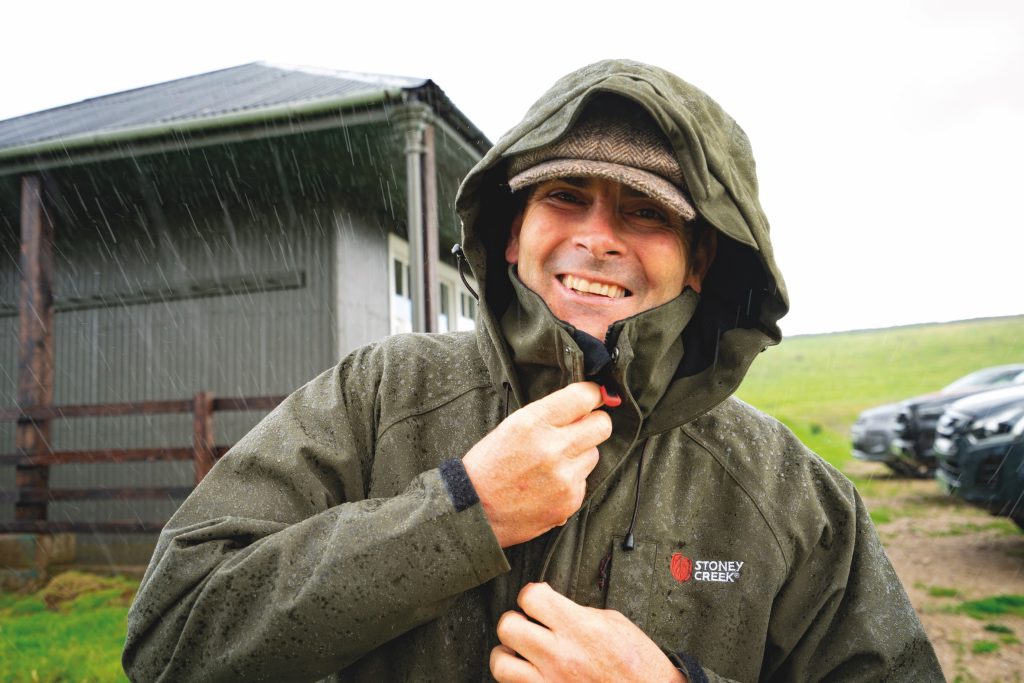
Jackets that work hard
Your jacket must be waterproof, breathable, quiet and durable.
The Marsh Jacket from New Forest Clothing fits the bill. It’s the sort of sensible, hardwearing kit that keepers themselves favour – which tells you everything. The cut allows for layering, vital because beating alternates between bursts of effort and long, chilly pauses. Pockets are large enough for gloves, string or an emergency sandwich. It’s built to last too – this isn’t a one-season wonder.
Layering
Seasoned beaters know layering beats a heavy coat. Start with a proper base layer, add a fleece or mid-layer and top it with your jacket. R&B Sporting also stocks excellent thermal layers and windproof gilets that pack down neatly. Don’t neglect your extremities. A warm hat keeps both heat and low branches off. Gloves are essential, even on mild day.
See our guide on gilets here.
Sticks, flags and essential tools
A beating stick is your third hand. It clears cover, tests ground and taps rhythmically to move birds on.
Cherry Tree Country Clothing offers a good range. Weight and balance matter. A badly balanced stick becomes tiring fast. Traditional wooden sticks give a satisfying crack against posts and trees.
A flag keeps birds heading the right way in open ground. Collins Nets flags are tough and visible, some shoots supply them, but having your own prevents problems. They roll tightly and weigh almost nothing.
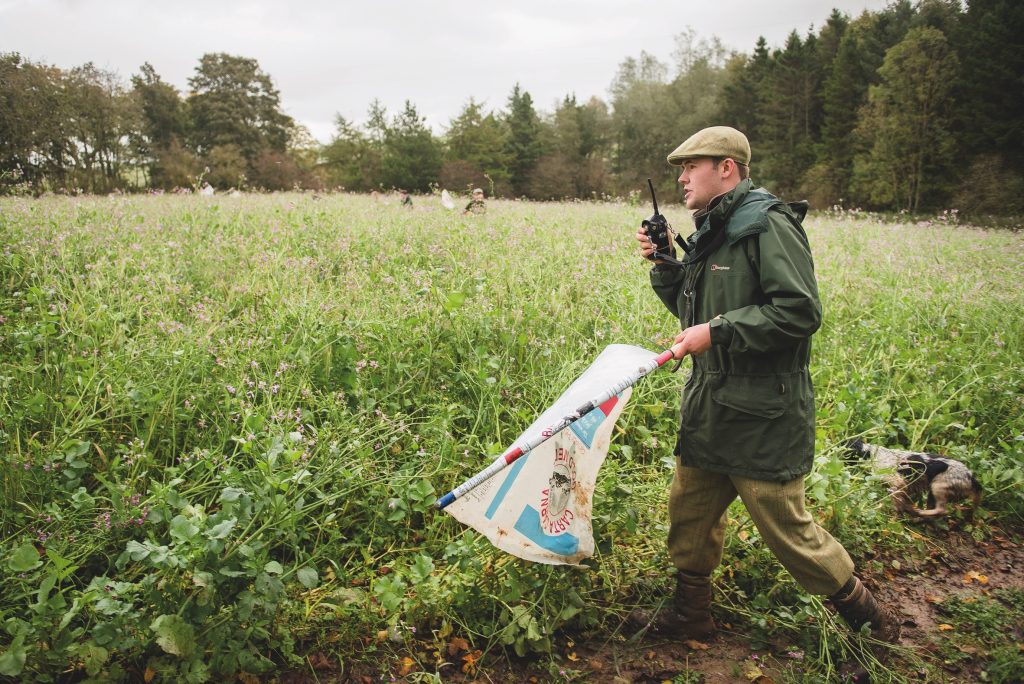
Taking your dog beating
A steady dog transforms your day, but only if trained. If you’re new, leave the dog at home until you’ve got experience. Watch how steady dogs work and how handlers control them.
Gamekeepers welcome dogs, but unruly ones cause trouble fast.
Muntjac Trading offers Acme whistles, slip leads and essentials:
Kit Taylor explains:
-
The Acme 210.5 whistle suits spaniels and close-working breeds.
-
The Acme 211.5 suits Labradors and retrievers.
Many handlers carry treats and small first-aid kits. Dogs pick up minor cuts in thick cover.
For more advice, see Gundog training tips on ShootingUK
Why beating is worth it
Beating is hard work but richly rewarding. You learn to read the countryside, enjoy strong camaraderie and see outstanding shooting and the odd spectacular miss. Friendships formed on the beating line last for years.
Many beaters go on to picking-up, help with keepering or eventually stand as a Gun. Others stay in the line for the sheer enjoyment.
So why not give beating a go? Sort your kit, arrive promptly, listen to those who know and you’ll have a grand day. Make sure your boots fit, your layers work and your stick is ready.
See you in the line.
Related Articles
Get the latest news delivered direct to your door
Subscribe to Shooting Times & Country
Discover the ultimate companion for field sports enthusiasts with Shooting Times & Country Magazine, the UK’s leading weekly publication that has been at the forefront of shooting culture since 1882. Subscribers gain access to expert tips, comprehensive gear reviews, seasonal advice and a vibrant community of like-minded shooters.
Save on shop price when you subscribe with weekly issues featuring in-depth articles on gundog training, exclusive member offers and access to the digital back issue library. A Shooting Times & Country subscription is more than a magazine, don’t just read about the countryside; immerse yourself in its most authoritative and engaging publication.
